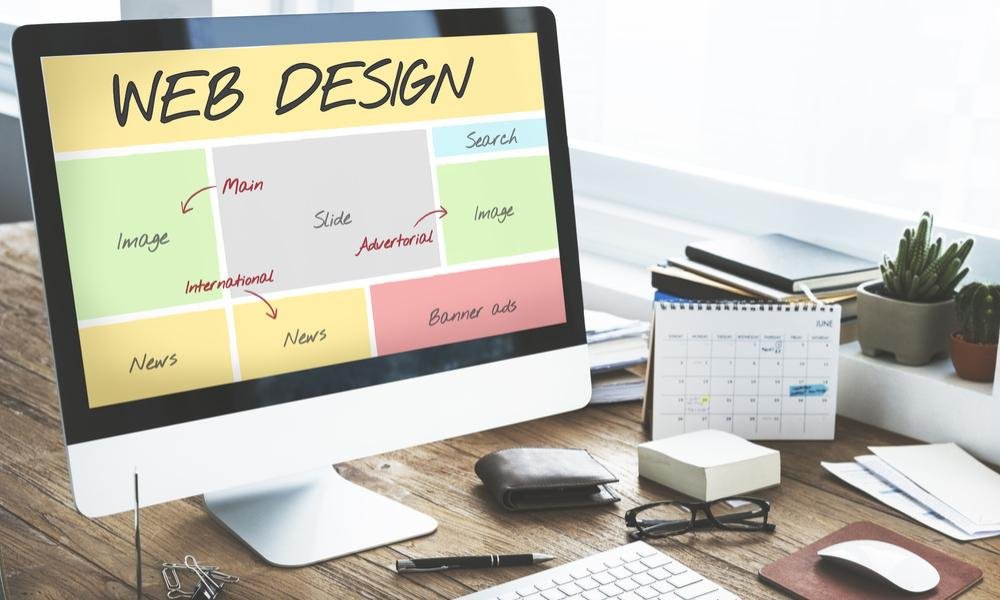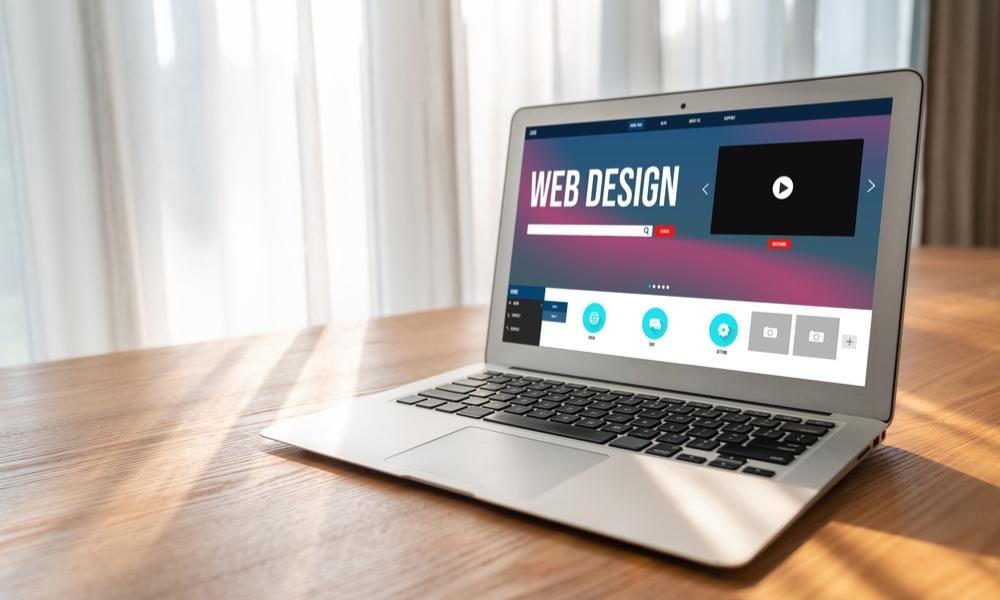When it comes to online success, a dedicated Landing Pages for your audience is essential. Whether you want to collect leads, sell products, or encourage sign-ups, a thoughtfully designed web section can make all the difference. These specialized areas are not about complexity—they’re about creating an experience that compels action.
In this guide, I’ll walk you through how to create effective designs that engage your audience and drive results. Here’s what we’ll cover:
- What is a Conversion-Focused Landing Space?
- Why Businesses Need Focused Design Areas
- Types of Effective Designs
- Steps to Craft a High-Impact Experience
- Metrics to Measure Success
What is a Conversion-Focused Landing Space?

Think of this as a dedicated webpage with one purpose: to persuade. Unlike a cluttered homepage, these focused designs help guide users toward specific actions, like making a purchase or signing up for a newsletter.
The goal is to make the experience seamless. These pages are intentionally simplified to direct attention to a single message or call-to-action (CTA).
Why Businesses Need Dedicated Web Pages
Your homepage is great, but it’s a jack-of-all-trades. It serves many purposes but doesn’t necessarily push your audience to act. A focused design is far better suited for capturing attention and motivating decisions. Here’s why:
1. Creates a Memorable First Impression
Your first interaction with a visitor matters. A clean layout, compelling headline, and clear call-to-action work together to engage and retain users.
For instance, Airbnb’s straightforward design makes it easy for users to take the next step with a single button like “Get Started.”
2. Builds Credibility
When visitors see authentic testimonials, recognizable logos, and security badges, it builds trust. People want assurance that their time and information are in good hands.
3. Improves Action Rates
By eliminating distractions, focused designs guide users toward one goal. Whether you want them to fill out a form or start a free trial, these targeted areas make the journey easier and faster.
Types of Effective Designs
Depending on your audience and goals, you can experiment with a variety of approaches:
1. Simple, Text-Focused Designs
Minimalist pages with concise messaging can perform exceptionally well. These designs strip away distractions and focus entirely on the message and call-to-action.
2. Video-Centric Sections
Videos grab attention and keep people engaged. They’re especially effective for explaining complex services or showcasing testimonials.
Fun fact: Studies show that adding a video can increase user action rates by up to 86%.
3. Extended Information Areas
For audiences that need more convincing—like those considering premium services—long-form layouts work well. They give you space to address questions, highlight benefits, and overcome objections.
Steps to Craft a High-Impact Design
Ready to create a page that delivers results? Here’s my process:
1. Understand Your Audience
Before you begin designing, get to know your audience. What motivates them? What challenges do they face?
Companies like Peloton excel at this. Their pages highlight the convenience of working out from home, using testimonials and visuals that appeal to fitness enthusiasts.
2. Write an Attention-Grabbing Headline
Your headline sets the tone. Keep it clear and benefit-focused to immediately connect with your audience.
For example: “Achieve Your Goals Faster with Our All-in-One Solution.”
3. Design a Captivating Hero Section
This top section is the first thing people see, so it needs to stand out. Include:
- A strong visual element.
- Your main value proposition.
- A bold, action-oriented button (e.g., “Start Now” or “Try Free”).
4. Keep Your Call-to-Action Simple

Your CTA is the star of the show. Make it clear, direct, and easy to understand. Avoid vague phrases like “Learn More” and instead use “Join Now” or “Download the Free Guide.”
5. Use Social Proof Effectively
Visitors trust the opinions of others. Add customer quotes, reviews, or badges to reassure them that they’re making the right decision.
Metrics That Matter
To improve your design’s effectiveness, monitor these key performance indicators:
1. Action Rates
This measures how well your content motivates visitors to complete the intended task, like signing up or making a purchase.
2. Engagement Levels
High bounce rates may indicate that your design isn’t resonating with users. Analyze whether your content aligns with what visitors expect.
3. Time on Page
If users spend only a few seconds, your layout or messaging may need adjustments. Experiment with different headlines or visuals to hold attention.
4. Load Speed
Slow loading times kill engagement. A delay of even one second can reduce your action rates significantly. Use tools like Google Page Speed Insights to improve performance.
Creating an engaging
action-oriented web space isn’t as complicated as it might seem. By focusing on clear messaging, clean design, and user trust, you can craft an experience that delivers real results.
For more tips on structuring effective layouts, explore my guide on choosing the perfect website layout.
Remember, less is often more. Prioritize simplicity and let your audience focus on what matters most. With the right design, you’ll turn casual visitors into loyal customers in no time!



